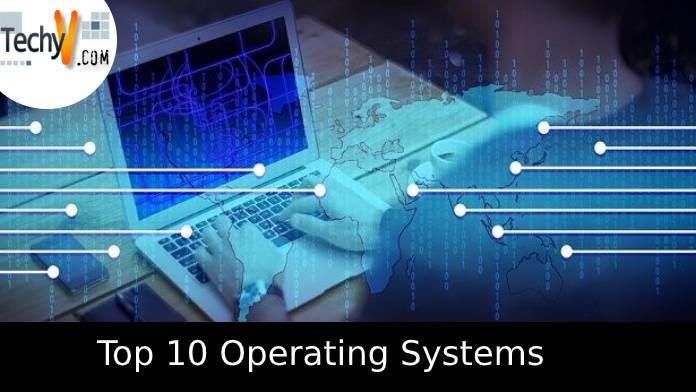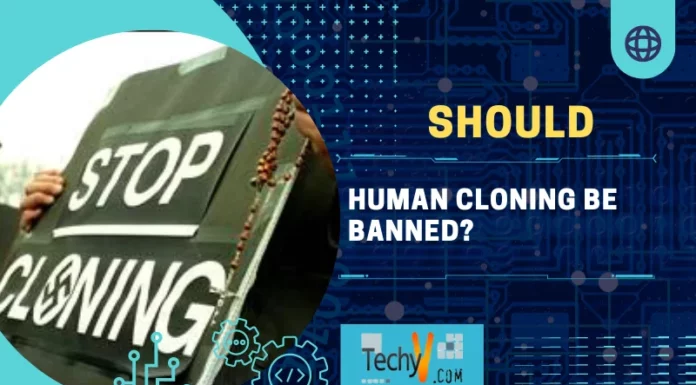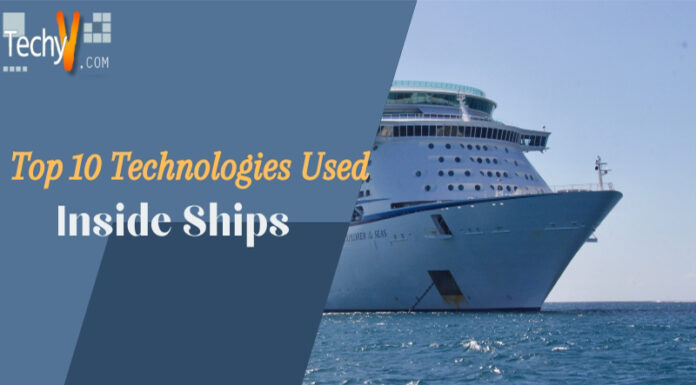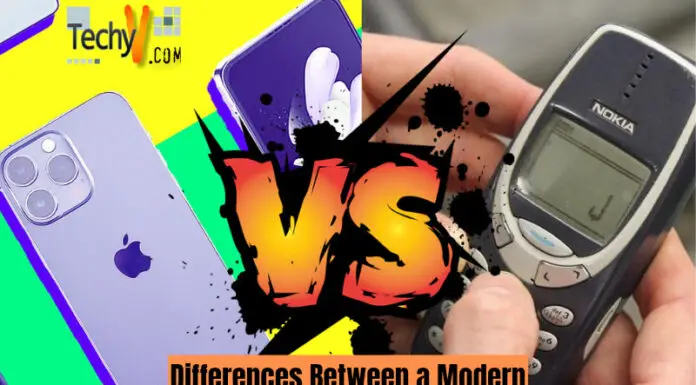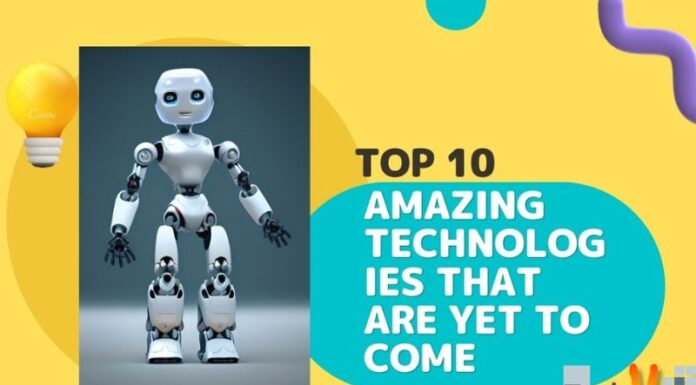An Operating System is considered as the core of the computer system as it manages software and hardware resources and provides us accessibility over the inbuilt functionalities of the system. The dominant operating system is Microsoft Windows due to its user-friendly nature. There are Various families of operating system like Unix and Unix-like operating system, BSD and its descendants, macOS, Linux, Microsoft Windows, etc. Here is the list of top 10 operating systems of 2020:
1. MS- Windows
2. Ubuntu
3. Mac OS
4. Fedora
5. Solaris
6. Free BSD
7. Chrome OS
8. CentOS
9. Debian
10. Deepin
1. MS Window:
MS Window is an operating system that has become a standard for personal and professional uses. It provides us with high-level GUI (Graphic User Interface), which has made it more relevant to use.
Recent features added to MS Windows include speed, Low Hardware requirements, search and organization, safety and security, Interface and desktop, and Taskbar/start menu. Although these features were available in previous versions of windows but the new customizations are invincible.
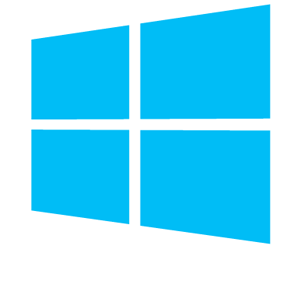
Pros:
• Large Software supply
• Proper software support
• Certified individual for support
• Regular updates
Cons:
• Not that stable as Linux or Mac
• Security threats, if used at the organizational level
Details:
Release Date-: 20 November 1986
Written in-: C++,C#,JavaScript, Visual Basic, C
Developed by-: Microsoft Corporation
Latest preview-: 10.0.20162 /July 1, 2020
2. Ubuntu:
Ubuntu was originally designed as a light weight personal computer. It’s a Linux based operating system whichbecame popular among the masses because of these big contributions and support from people its usabilitygained popularity from personal computers, laptops, smartphones, or any other gadget one could think of.
Pre-installed office software’s, best internet experience, good looks, simplicity, reliability, stability, speed, security andlive mode support with large community support are few features of Ubuntu.
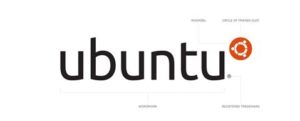
Pros:
• Open Source
• More invulnerable viruses
• Refreshing user interface
• Has a relatively qualified software centre
Cons:
• Display demand adaptation
• lesser applications
• Unsuitable for gaming
Details:
Release Date-: 20 October 2009
Latest Release-: Ubuntu 20.04/ 23 April 2020
Developed by-: Canonical Ltd.
Written in-: Python, Java, C, C++, C#
3. Mac OS:
Mac OS is an operating system, designed for Macintosh family of personal computers and workstations by Apple.It’s a pioneer of the GUI based operating system as during the era of MS-DOS, Mac OS set its standards.
If you are looking for a compatible yet flexible device, without a budget than Mac OS is perfect for your use as it provides you with ’n’ number of features including Darkmode, Dynamic Desktop, Stacks, Gallery, View for Finder, etc.
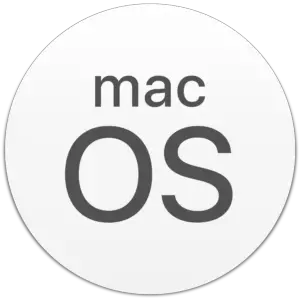
Pros:
• Easily accessible due to Virtualisation.
• Low maintainability than windows 10.
• Viruses are unheard
• Seamless integration with iOS.
• Spyware and adware are largely proof of concept.
Cons:
• Limited hardware options
• Absence of obscure productivity software
• Zero touch screen support
• Launch of much lesser games than windows
Details:
Release date-: 24 March 2001
Latest Release-: 10.15.5 supplemental update (19F101), (June 1, 2020, 35 days ago)
Developed by-: Apple
Written in-: C, C++, Objective-c, Swift, Assembly
4. Fedora:
Fedora is a Linux Kernal based operating system. Its ambition is to have a world full of people with open minds which creates free and open software. The Fedora workstation is a user friendly, strong and reliable operating system for laptops or desktops.
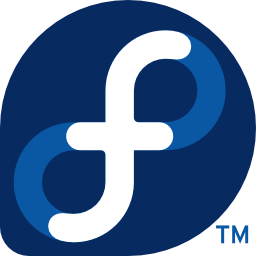
Pros:
• Open Source
• High Security
• Light Weight
• Provides you with full desktop self Customisation
Cons:
• Does not support all proprietary software
• Self-installation
• Too many options to paralyze the results.
Details:
Developed by-: The Fedora Project (Sponsored by Red Hat Inc.)
Initial Release Date-:6 November 2003
Latest Release-:32/ April 28, 2020
Written in-:Python and C.
5. Solaris:
Like Fedora, Solaris is also a proprietary Unix based operating system. It’s developed by the Sun Microsystem. But now it’s owned by Oracle and hence is called referred to as Oracle Solaris, OracleSolaris.It’s easy to use,compatible, and designed to keep your system secure.
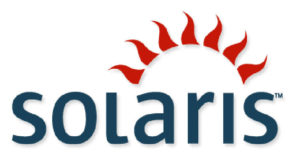
Pros:
• Free redistribution
• Derived Work
• NO discrimination in code.
• Distribution
Cons:
• Expensive
• Commercial only
• Unfavourable driver hardware
• aren’t open-source
Details:
Developed by-: Sun Microsystems (acquired by Oracle Corporation in 2009)
Initial Release-: June 1992.
Written in-:C, C++
Latest Release-: 11.4/ August 28, 2018
6. FreeBSD:
FreeBSD is a free and open-source Unix based operating system eradicating its character from AT and T Unix from Berkely Software Distribution. It’s designed in order to provide the users with a full-featured and robust environment for various applications. You cannot run FreeBSD directly in the Microsoft “Windows” ABI for doing. You need a Virtual machine.
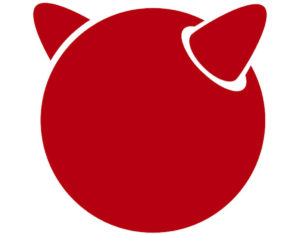
Pros:
• Clean and Predictable
• alternative to UNIX platforms.
• Stable
• Monolithic Kernal
• License and Good documentation
Cons:
• Hardware Compatibility
• Less developer Support
• Complex to understand
• Needs a good amount of practice
Details:
Developer-: The FreeBSD Project
Initial Release-: 1 November 1993
Latest Release-: 11.4 (16 June 2020)
Written in-: Exclusively C with a little bit of C++
7. Chrome OS:
Chrome OS is derived from a free software named chromium OS and uses the Google chrome web browser as its principal user interface model. It’s closed Source and hence available only on proper Chromebooks. It’s unlike windows and Linux, where userscan install it directly.
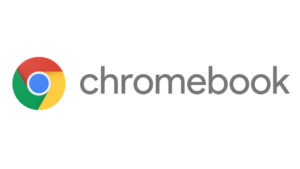
Pros:
• Simple to use and hassle free
• Fast and smooth software and hardware
• Built and designed for daily productivity
• Portability
• Google and android integration
Cons:
• requiresgood internet connection
• Redundant to owner owning other devices
• Unsuitable for power users.
Details:
Developed by-: Google
Initial Release-:June 15, 2011
Latest Release-: 83.0.4103.119 /June 24, 2020
Written in-:C, C++, Python, Rust,JavaScript and HTML5
8. CentOS:
CentOS is an open-source version of Linux Red Hat Enterprise. CentOS is considered as a derivative of Linux,but there are many unique abilities in CentOS from other Linux-based operating systems, which makes it unique. It provides you with an enterprise-level of security, making it most desirable in security aspects.
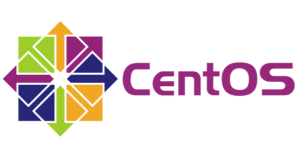
Pros:
• High Stability
• Speed
• Speed
• Upgradedsupport cycle of up to five years
• Free to use
Cons:
• Less Software compatibility
• New releases are not supported easily.
• Less feature-rich then other Linux based OS.
Details:
Developer-: The CentOS Project; (affiliated with Red Hat)
Initial Release-:14 May 2004
Latest Release-: 8.2.2004 (15 June 2020)
Written in: C
9. Debian:
Debian is an Open Source Operating system and a good option if you want to have a stable environment, but Ubuntu is more up to date and preferable. Installation is not only easy and quick, and allows more customization. It’s great for desktop with either XFCE or MAIE.
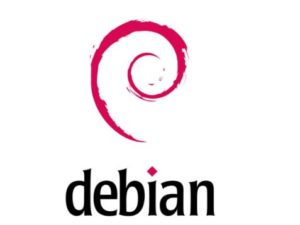
Pros:
• It’s old, and hence its community is mature.
• It’s Concerned with Software freedom
• High-quality API
• Well Tested
Cons:
• Conservative in nature and hence lags in features.
• Doesn’t have an enterprise version
• Not so user friendly
• Doesn’t have PPA’s like Ubuntu
Details:
Developer-: The Devian Project
Initial Release-: September 1993; 26 years ago
Latest Release-: 10.4 (Buster), May 9, 2020
Written in-: Plain C
10. Deepin:
Deepin latest Version comes with a unified style.It’s an open-source software,i.e., you can review the code and compile it yourself in case of doubts. Its commonly referred to as, “The Most beautiful Linux “. Deepin is among one of the first Linux, which took advantage of HTML5 technology.
Pros:
• Workflow is fast, easy and uncluttered
• It uses its own DE.
• Close to pure Debian than Ubuntu
Cons:
• Lighter Resouces
• Chinese Organization
• Security
Details:
Developer-: Wuhan Deepin Technology Co., Ltd
Initial Release-: 28 February 2004
Latest Release-: 15.11/ 19July 2019
Written in-: QT


